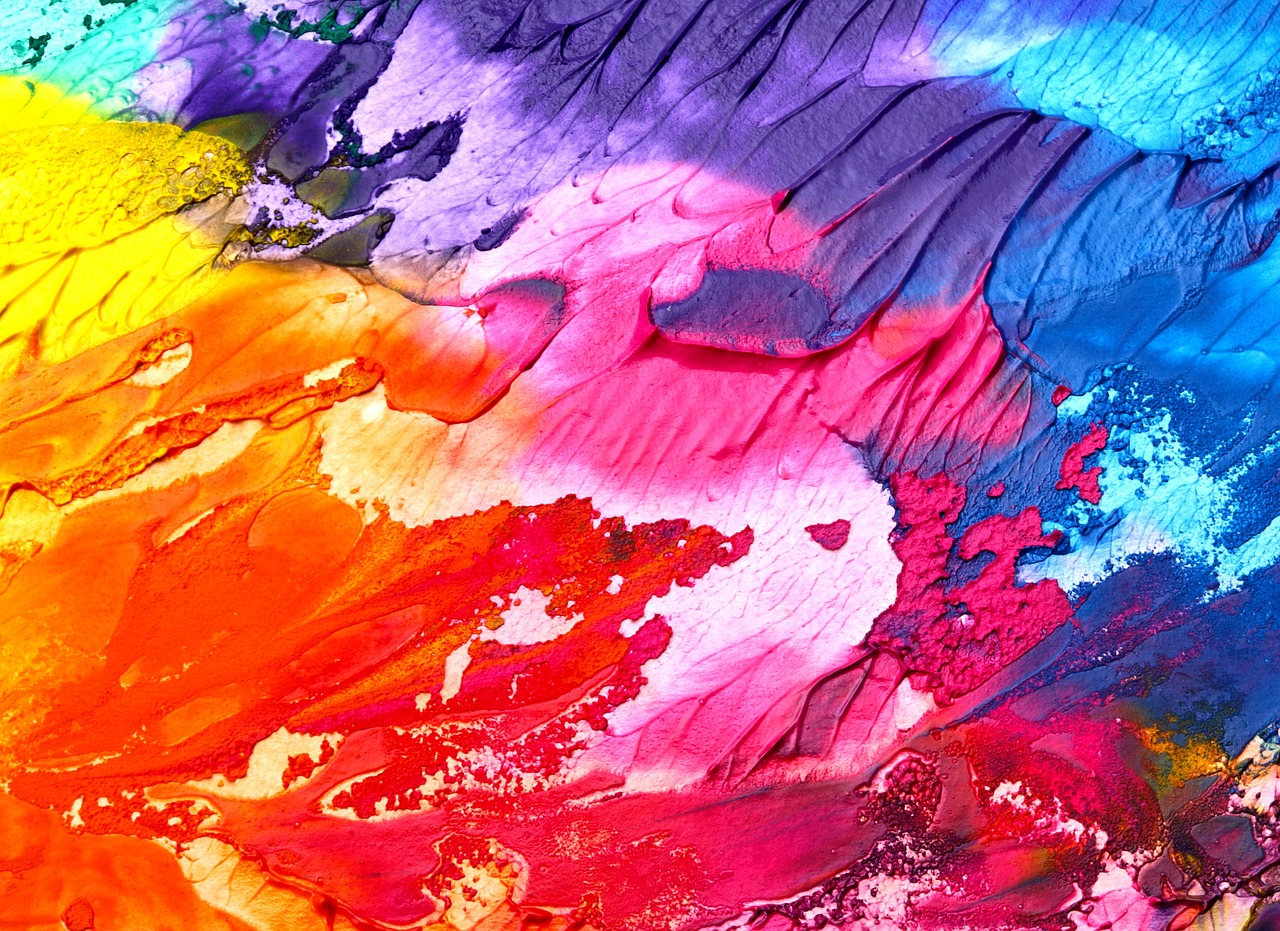Brush Up Your Skills: A Fun Guide to Oil Painting on Canvas ===
Are you ready to embark on an artistic adventure like no other? Oil painting on canvas is a timeless art form that allows you to express your creativity and capture the beauty of the world around you. Whether you’re a beginner or a seasoned artist, this fun guide will help you unleash your inner Picasso and master the art of oil painting on canvas. Get ready to dive into a world of vibrant colors, rich textures, and endless possibilities!
1. Gather Your Supplies: The Artist’s Toolkit
Before you begin your masterpiece, make sure you have all the necessary supplies. You’ll need an assortment of oil paints, brushes of different sizes and shapes, a palette knife for mixing colors, a palette for holding your paint, canvas boards or stretched canvas, and odorless mineral spirits for cleaning your brushes. Having a comfortable easel or painting surface is also essential for creating your artwork.
2. Prepare Your Canvas: The Foundation of Your Artwork
Preparing your canvas is an important step that ensures your artwork lasts for generations. If you’re using a canvas board, apply a thin layer of gesso to the surface and let it dry before starting. For stretched canvas, make sure it’s properly stretched and primed. You can choose from different textures and colors of canvas depending on the effect you want to achieve.
3. Plan Your Composition: Let Your Imagination Run Wild
Before you dive into the world of colors, take a moment to plan your composition. Consider the subject, the focal point, and the overall balance of your artwork. Sketch your ideas on paper or directly on the canvas to get a sense of how your painting will look. Remember, there are no limits to your creativity, so let your imagination run wild!
4. Mix Your Colors: Play with Pigments
Now comes the fun part – mixing your colors! Start with a basic palette of primary colors – red, blue, and yellow – and experiment with different combinations. Use your palette knife to create unique hues and shades. Remember to start with lighter colors and gradually add darker tones. Don’t be afraid to take risks and let your intuition guide you!
5. Start with an Underpainting: Building Layers of Depth
To add depth and dimension to your artwork, start with an underpainting. This is a thin layer of paint that acts as the foundation for your final piece. Use a neutral color like gray or brown to establish the basic shapes and values. This underpainting will serve as a guide as you build layers of colors on top.
6. Embrace Texture: Create a World of Sensations
Oil painting allows you to add texture and create a world of sensations on your canvas. Experiment with different brushstrokes – from thick and impasto to thin and delicate. Use your palette knife to scrape and create interesting textures. Play with the paint’s consistency – thick or diluted – to achieve a variety of effects. Let your brush dance on the canvas and embrace the magic of texture!
7. Layer by Layer: Building Depth and Realism
Creating depth and realism in your artwork requires layering. Start with the background and gradually work your way to the foreground. Allow each layer to dry before adding the next, as this prevents colors from smudging or blending in unintended ways. Remember to be patient and let your painting evolve naturally.
8. Detailing and Highlights: Adding the Finishing Touches
Once the main elements of your painting are complete, it’s time to add the finishing touches. This is where you can add intricate details and highlights that bring your artwork to life. Use smaller brushes and lighter colors to create highlights and add fine details. This step adds depth and dimension to your painting, making it truly remarkable.
9. Let It Dry: Patience is Key
After hours of creativity, it’s essential to let your artwork dry properly. Oil paints take longer to dry compared to other mediums, so be patient. Place your painting in a well-ventilated area away from direct sunlight, and allow it to dry for at least a few days. Once dry, you can apply a protective varnish to enhance the longevity of your artwork.
10. Share Your Masterpiece: Inspire Others
Congratulations, you’ve completed your oil painting on canvas masterpiece! Now it’s time to share your artwork with the world. Display it proudly in your home or art gallery, or share it on social media to inspire others. Don’t forget to continue honing your skills and experimenting with new techniques. Oil painting is a lifelong journey of self-expression and creative exploration.
Unleash Your Inner Picasso: Master the Art of Oil Painting on Canvas ===
Oil painting on canvas is a captivating art form that allows you to express your innermost thoughts and emotions on a tangible medium. With this fun guide, you’ve learned the basics of oil painting, from gathering your supplies to creating stunning compositions. Remember to embrace your creativity, experiment with colors and textures, and most importantly, have fun! So grab your brushes, unleash your inner Picasso, and let your artistic journey begin. Happy painting!















